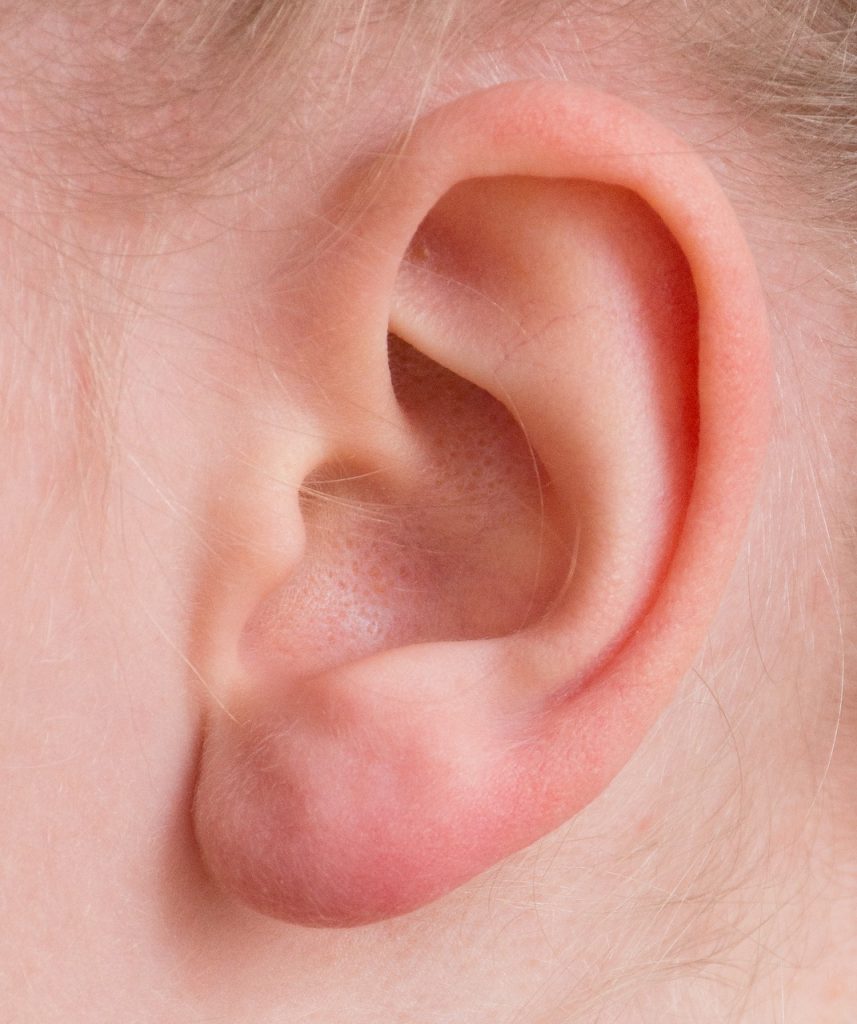Language in all its forms can be complex and puzzling; this is especially true for students who hear imperfectly, or not at all. Parents of deaf or hard of hearing children quickly learn how to effectively communicate with their children at home. They know what strategies to employ to maximize their child’s understanding of what is being said. With early intervention and assistive technology such as hearing aids, many children with hearing disabilities enter into mainstream schools with strong communication and listening skills.
Even with advanced skills and technology, numerous factors remain that affect a student’s ability to listen, learn and keep up with their peers in a classroom setting. Things like background noise, vocal volume and listening distance need to be considered when teaching students with hearing loss. When a hard of hearing student tries to learn in a noisy, unaccommodating classroom environment, they often become frustrated, learn to feign comprehension, and quickly fall behind in their educational efforts. Listening to a lesson in this type of setting would be similar to trying to put together a puzzle with half the pieces missing.
As an itinerant hearing resource teacher, I work daily with deaf and hard of hearing students and witness the difficulty these students face first-hand. In an effort to assist my students’ hearing needs, I have incorporated assistive technology in the form of a multimedia projector into my lesson plans. (I chose an Epson PowerLite 83+ because of its ease of use and most importantly its built-in closed captioning functionality, which accommodates viewers with hearing impairments.) Incorporating technology, such as a projector, in the classroom engages students and is an efficient and effective teaching tool for an instructor. This addition to my education toolkit has helped me deliver the curriculum more effectively and engage my students in unexpected ways.
Most significantly, the projector has helped my students compensate for what they cannot hear. Students with hearing loss rely more heavily on visuals and the projector assists with this approach to learning. Using the projector I’m able to create bright PowerPoint presentations with advance image quality to convey key ideas, present reinforcing images and instructions to accompany oral lessons. The visuals on the screen have the same vibrancy, colours and contrast as my computer screen and provide the visual context for the students as well as the repetition we all need to learn.
As part of the elementary science curriculum, students in Ontario learn about major systems in the human body. This provided a great opportunity for my deaf and hard of hearing students to teach their classmates about the nervous system and how the auditory nerve works. I helped the students investigate websites and prepare a short presentation for their classmates about the ear, how it works, and what happens when it doesn’t work as it should. Using the projector, my students were able to share the information with their classmates, which they were thrilled to be able to do. This was much more compelling than a traditional written report and gave my students the added benefit of teaching their peers about what makes them different. Using the projector to visually share their findings gave them confidence and it helped their peers better understand what it means to be hard of hearing.
Prior to using the projector I relied on traditional tools and aids such as a chalkboard, printed handouts or printed pictures. With the projector I’m able to bring the curriculum and information to life on a big screen using video, vibrant colours and images. As a result, students are more attentive and engaged in my lessons. I also appreciate that the demonstrations, videos and images I use in my lessons are much easier to update and tailor in comparison to handouts, allowing me to constantly upgrade my materials as new information is found.
My lesson plans are now adaptable and/or designed for the class as a whole rather than one-on-one or huddled around a small computer screen. The projector brings the students together, resulting in greater collaboration and discussion amongst students and increased individual participation. Incorporating technology into the classroom has enhanced learning and motivated the students to share their work with classmates.
The rewarding part of being a teacher is enhancing the learning experience for your students. After all, establishing good communication patterns fosters a student’s social, emotional, communicative and educational development.
Cheryl Rivait
Cheryl Rivait is an Itinerant Hearing Resource Teacher in the Lambton Kent District School Board in Ontario. She works with deaf and hard of hearing students from senior kindergarten to grade 12 at 19 different schools within the Board. She is also a liaison between the schools and the families of her students.
This article is from Canadian Teacher Magazine’s November 2010 issue.

